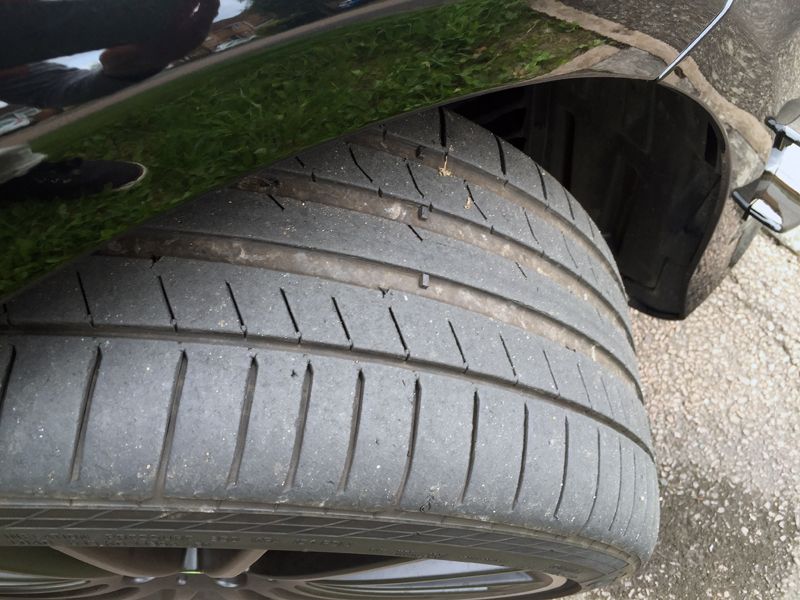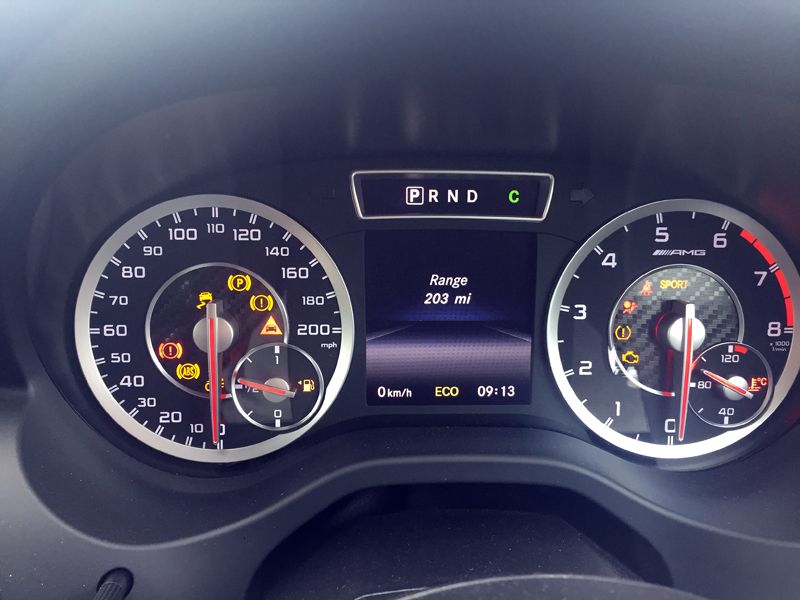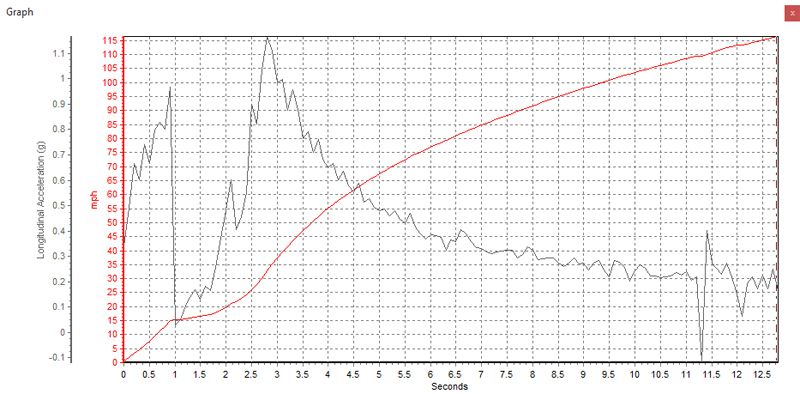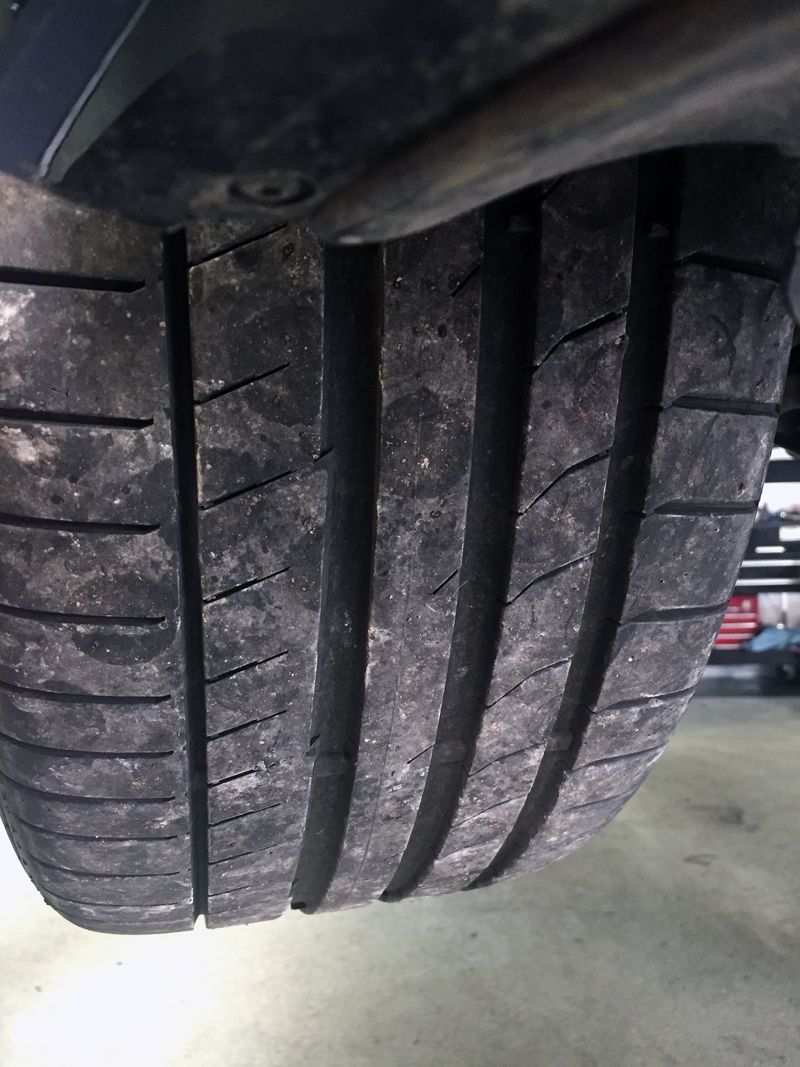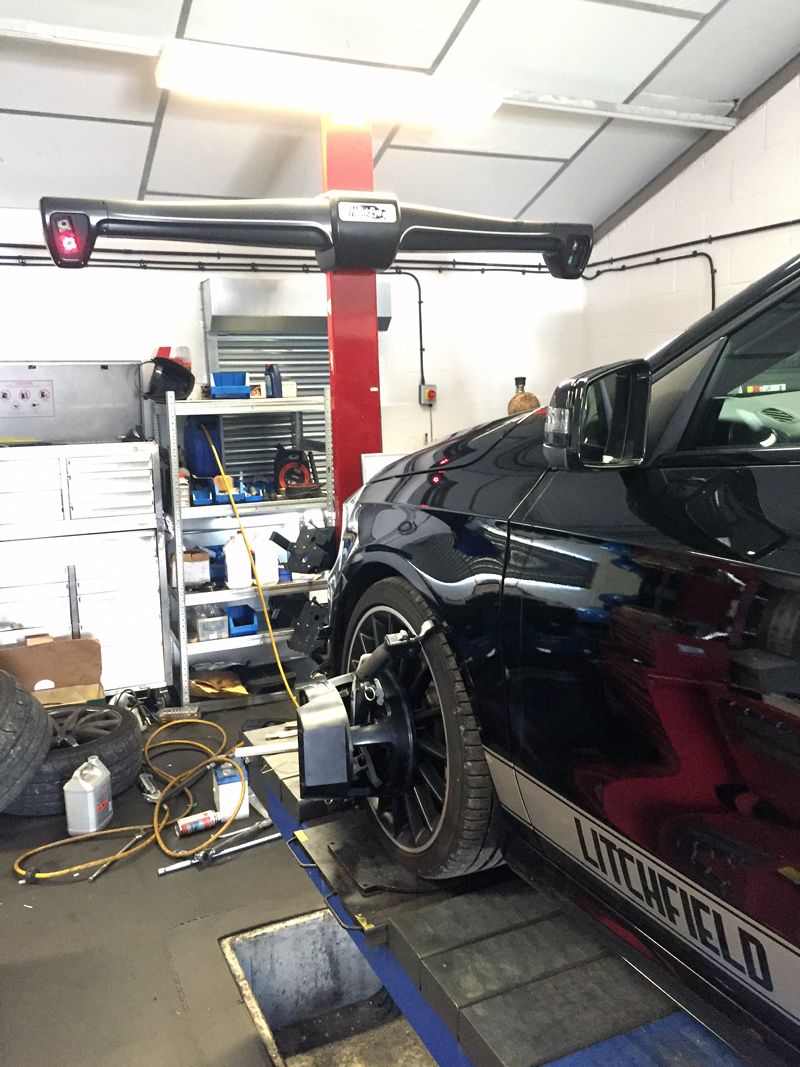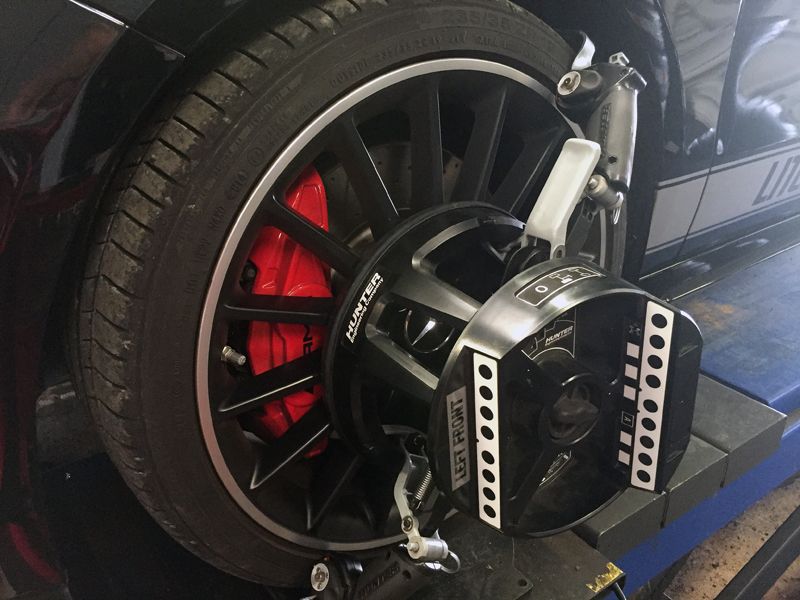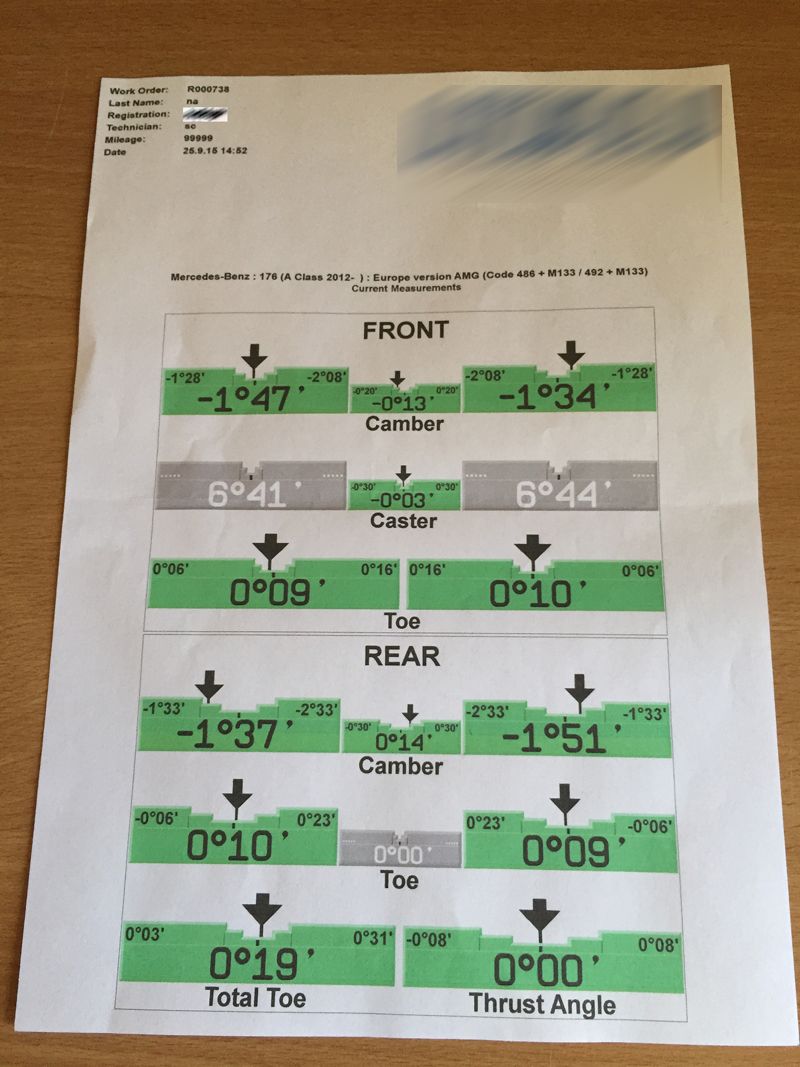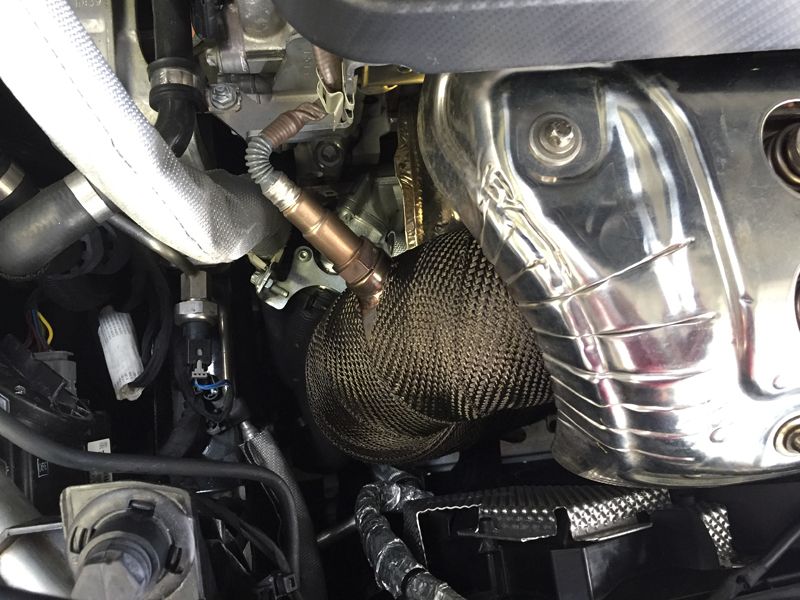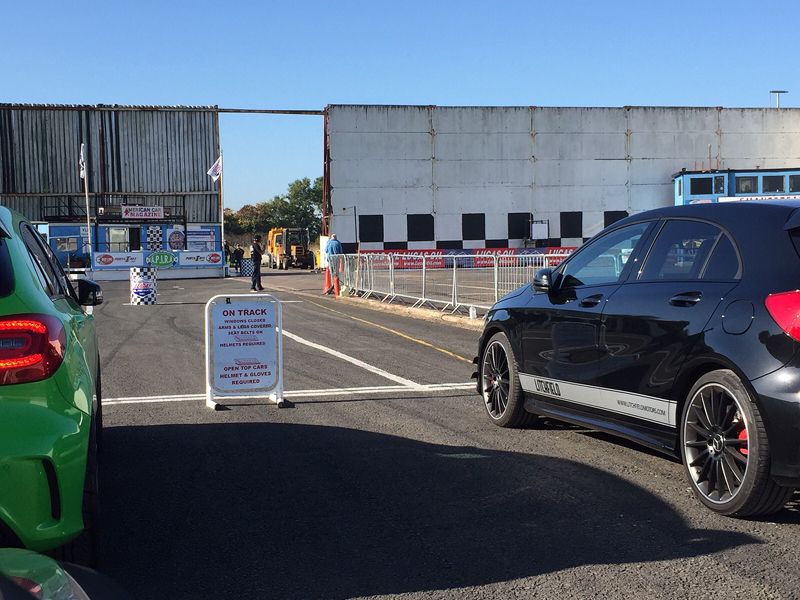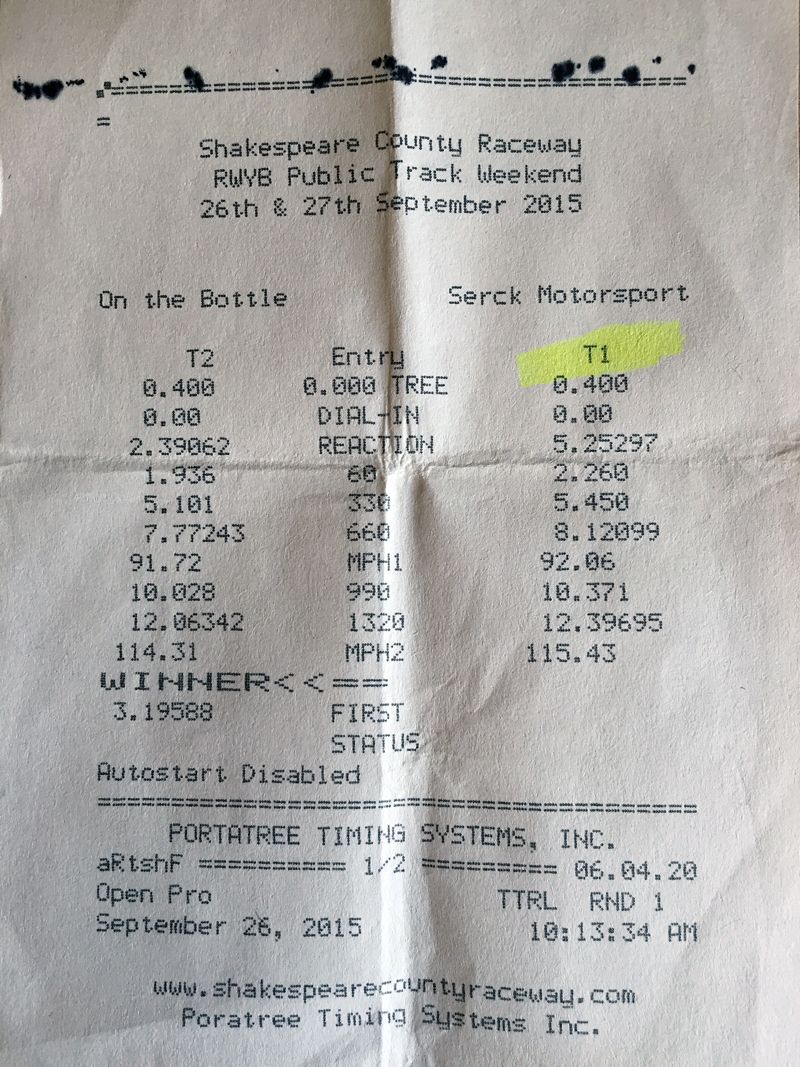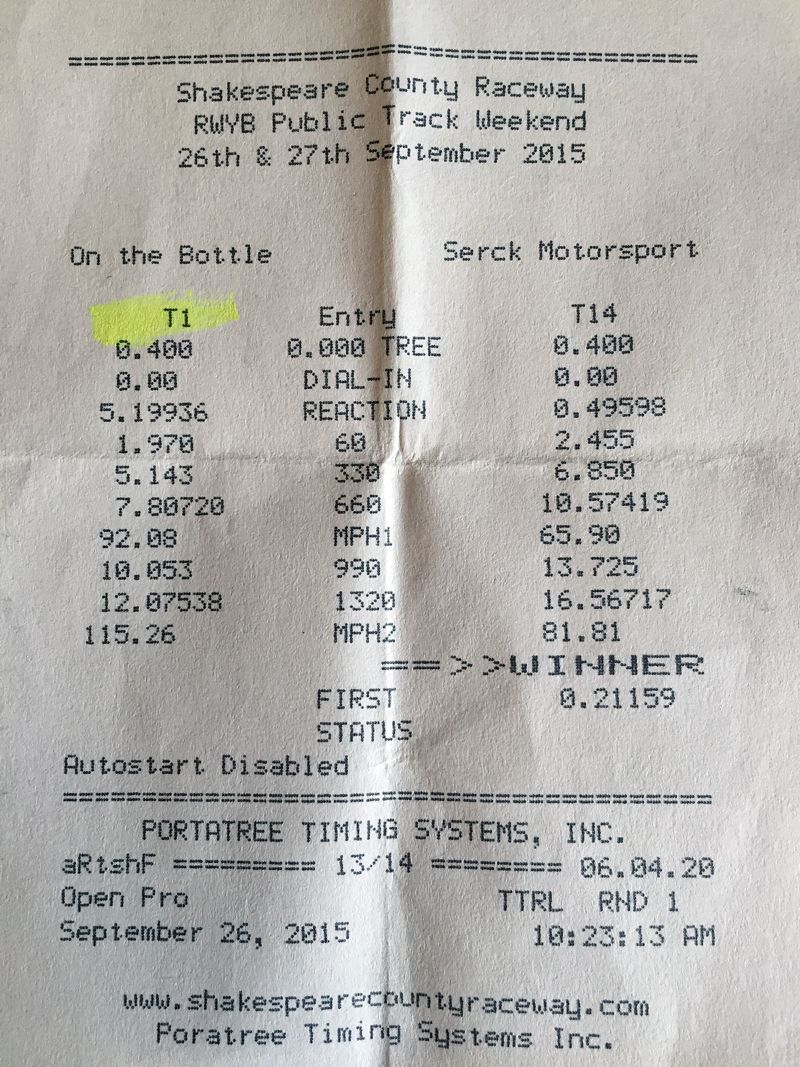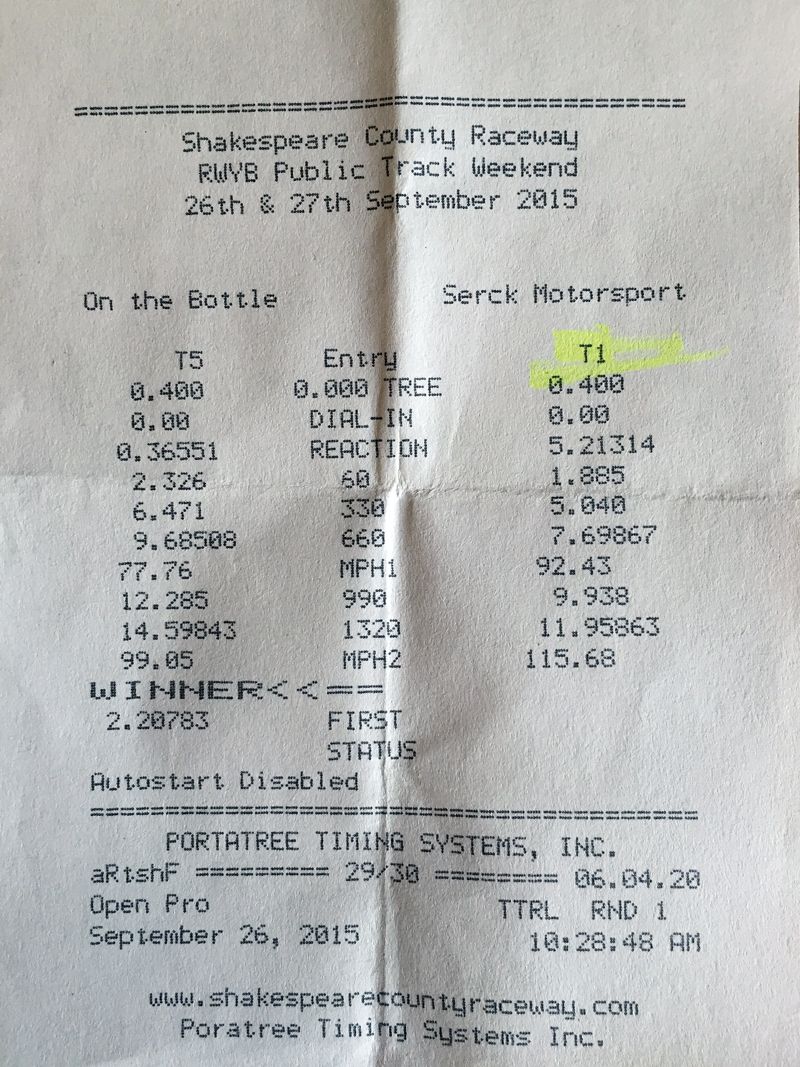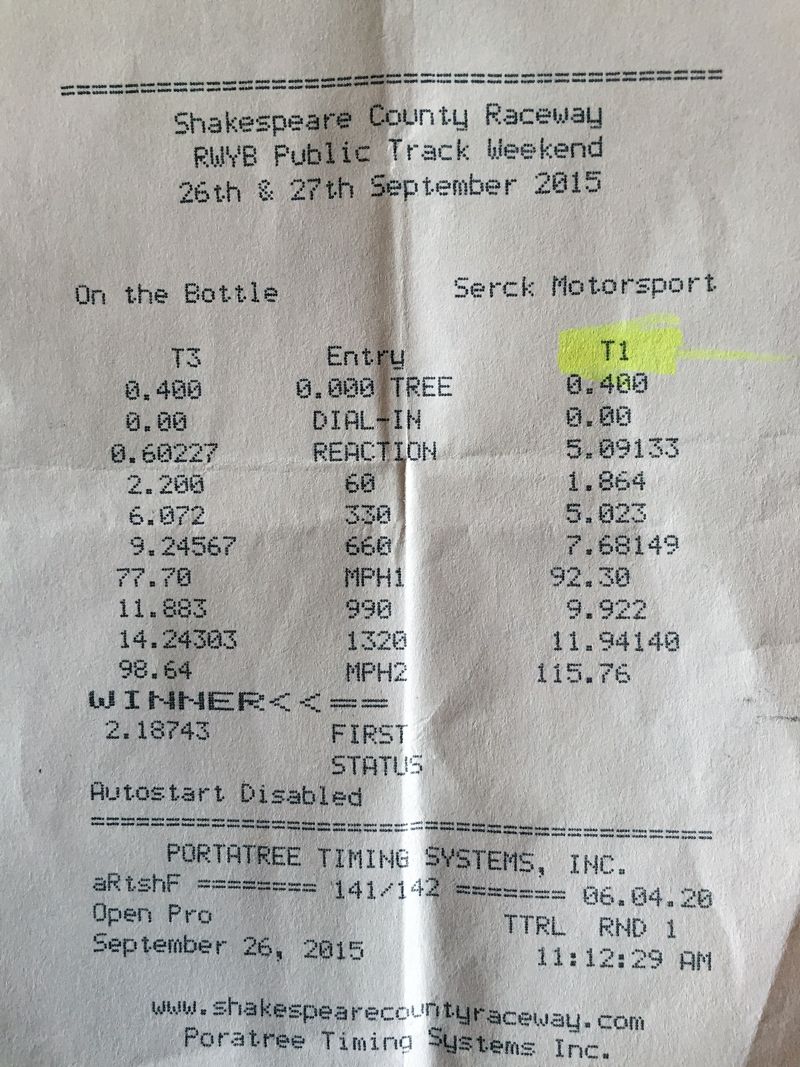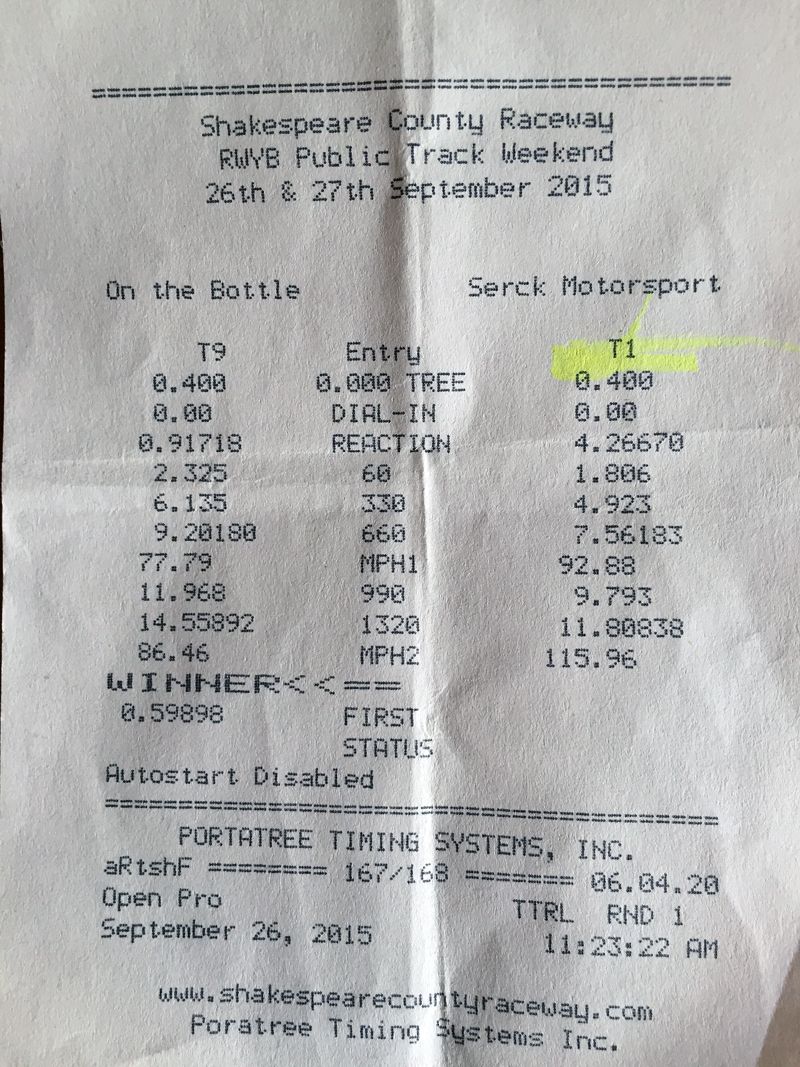Stage 2 Development
Well…. it’s been a long time coming, but I have now finally been able to make the move to Stage 2 tune testing on my A45.
Sticking with the approach I have taken to date, I completed as much “staged” mod testing as I feasibly could, based upon the time I had. Effectively this was going to be a day to do as much testing and set-up on my car as possible…… it was a very very long day (as you’ll notice by some of the times on the dyno graphs!)
So what did I test?
Test 1: Tuning Box + Induction Kit
Test 2: Tuning Box + Induction Kit + Decat Downpipe
Test 3: ECU Remap + Induction Kit + Decat Downpipe
Induction Kit
I’ve been some what sceptical of the gains that are generally touted about induction kit performance gains, having tested a fair bit in this area with previous car projects. In my experience you only really see a gain on the inlet side, when you start to alter turbos, going bigger which require more air coming in. Since we’re staying with the OEM turbo for now, it was difficult to see where any gains could be seen by changing the induction side of things. Of course this mindset does change somewhat when you actually look at the OEM inlet closer.
Unfortunately I didn’t take any pictures of the OEM induction kit, which is a paper cylinder that attaches to a collar on the inside of the airbox. The thing you notice straight away is the internal diameter of the collar, which in effect looks like it’s restricting air from the filter to the corrugated section attached to the turbo compressor cover. It’s a much smaller diameter base on the OEM filter, which effectively matches the restrictive inner diameter of the collar. What this induction kit aims to do is open up the air filter base to around 4.5” and provide a straight through/unrestricted path to the corrugated section. Theoretically this provides a larger volume of air at an increased pressure.
I’m of the understanding that the filter base and inner collar diameter used on this kit, is the largest currently available, running to 4.5”s. I can’t substantiate that, but thought the size maybe worth you knowing.
CNC’d machined out of a solid alloy block, the collar looks very nice….. and it’s internal diameter is clearly very big!
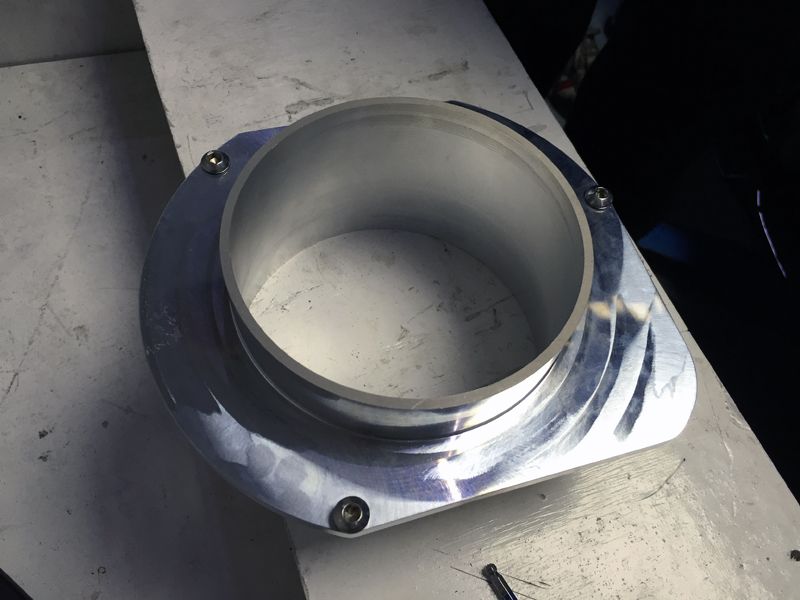
Fitting takes 10 mins. You remove the OEM filter and the existing plastic collar, which is attached with a couple of screws. You fit the new collar and K&N cylinder filter. Job done!

Here’s the corrugated inlet pipe I referred to previously…… this I suspect is disrupting airflow and along with the OEM collar and filter, is adding to air disruption but also all in all is helping to keep things a touch quieter on the induction roar. I really wouldn’t mind removing this inlet pipe and bashing on some silicon pipework, to stop any air disruption. Another test for another day.
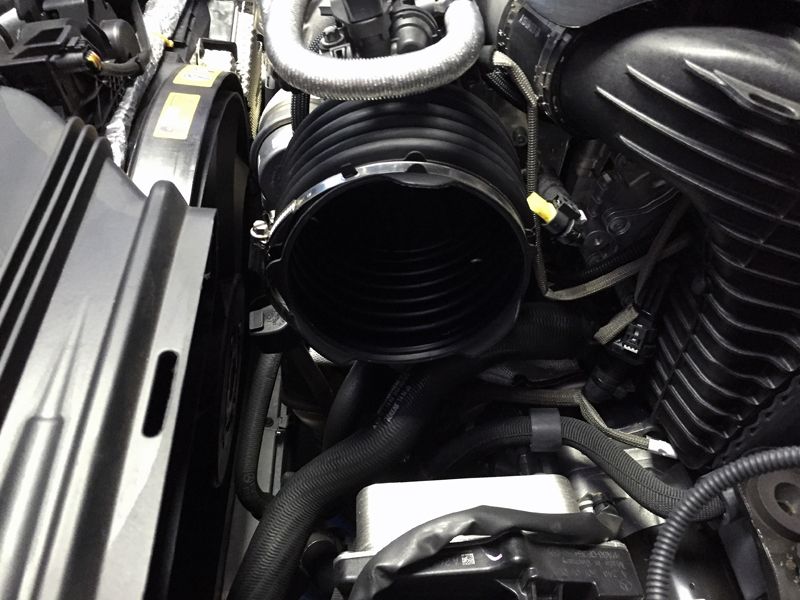
All fitted back into the engine bay.
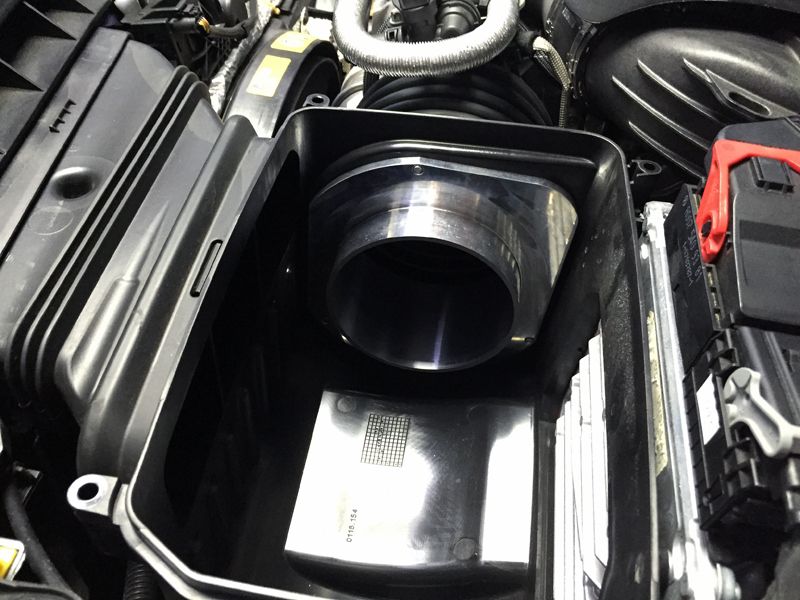
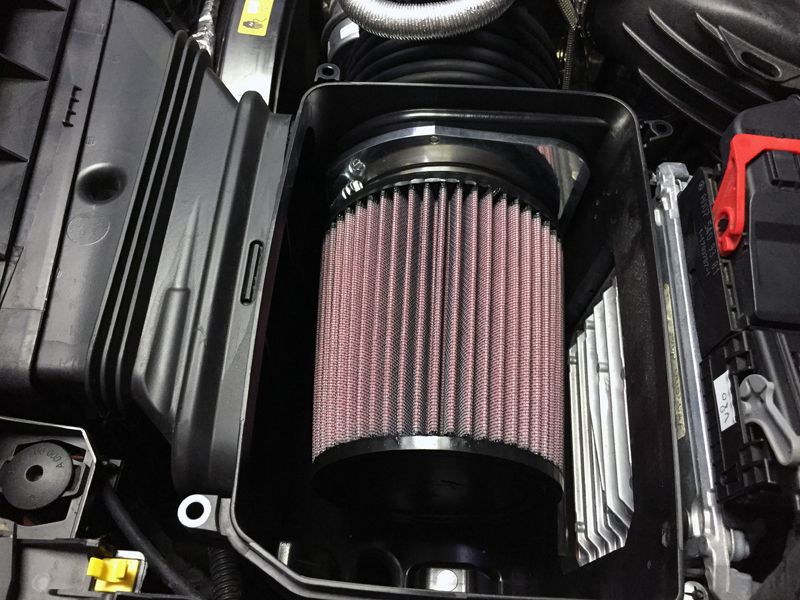 Decat Downpipe
Decat Downpipe
Yes, this has no cat and no, it won’t pass an MOT. With that sorted, let’s move on. ;-)
I said some time ago when I first looked under the A45, that the OEM exhaust system is not that restrictive. The OEM cat is huge, so surely provides good airflow, especially what we know these cars can make on the 100% OEM exhaust and Tuning Box. The rest of the system has some restriction points, but nothing (visually) of any major importance in my opinion. With that said, making the gas flow as unrestricted as possible, has to help with decreasing back pressure, which will surely help overall airflow through the engine to aid response and spool. Another positive side effect of this is the lowering of exhaust gas temps. Theoretically this is all better for the setup, especially when you’re looking to extract peak performance at any given point. On top of all of this is the addition of more noise. Some will want this and some won’t.
Remember for these tests we’ve only looked at the downpipe. We’ve kept the rest of the system OEM, which is the mid pipe and backend of the system (although a full system is available if you want the full monty), including the OEM rear resonator (the system fitted to this car is the AMG Performance Exhaust, so only one resonator instead of two) and OEM rear backbox.
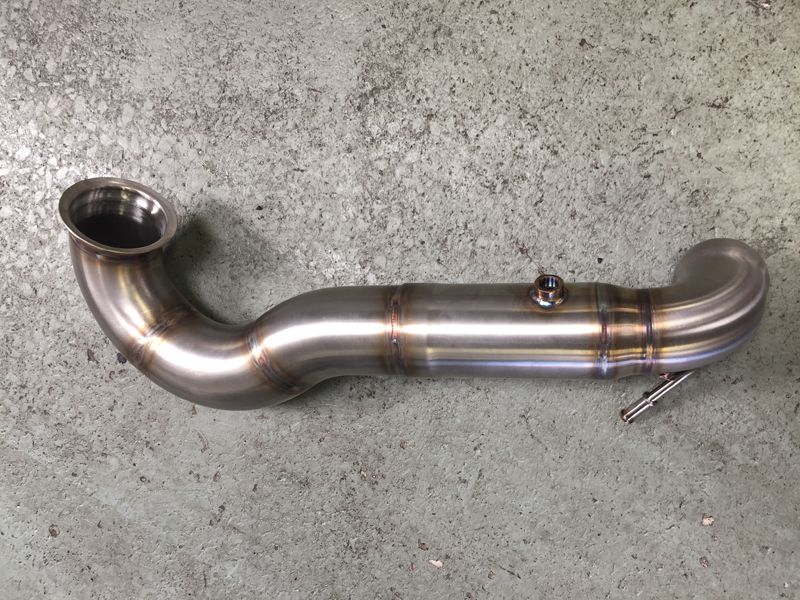
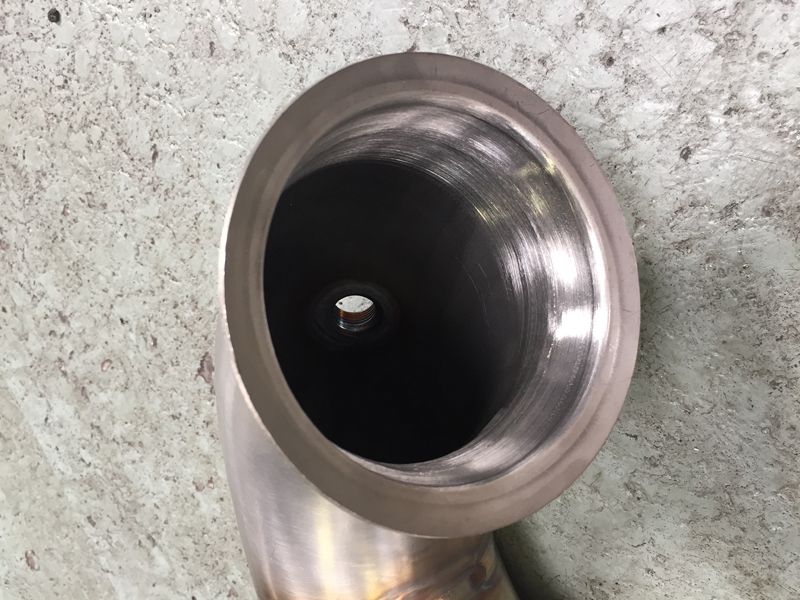
Perhaps I’m a bit of a nerd, but I love to see well crafted and welded pipework. This downpipe is no exception. Very neatly built, sporting a 3.5” diameter which mates perfectly to the exhaust housing and OEM midpipe.
If I’m being over critical and had thought about it more, I would have asked to see the downpipe either ceramic coated or heat wrapped (both of which could have been done for me). There are a number of benefits to this. Firstly this retains heat in the downpipe, to aid gas flow speed. Secondly it reduces under bonnet temps. I’ll get this wrapped in the near future.
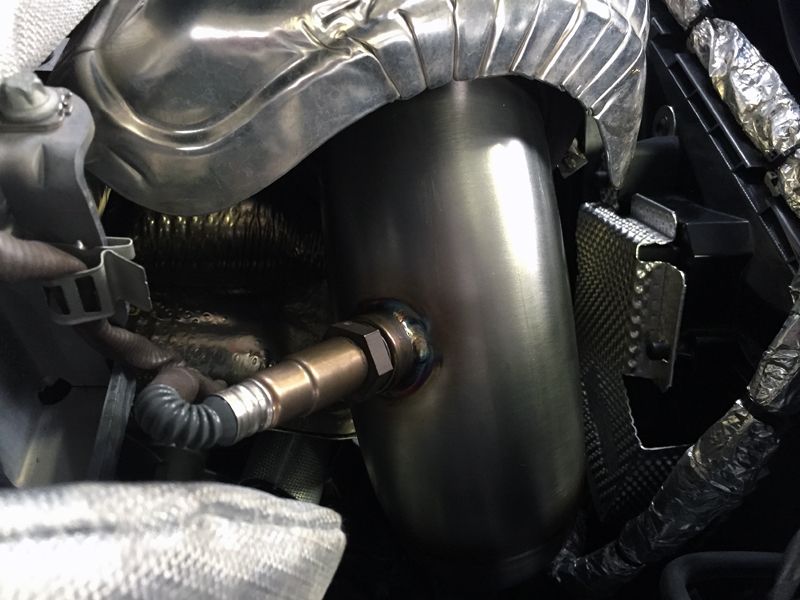 ECU Remap
ECU Remap
This is undoubtedly the key element for this development phase and where most of the time has been spent.
The A45 uses the Bosch MED 17.7.x ECU family…… without going into a massive amount of detail, this ECU is one very powerful mofo. The amount of control it can have over how the engine performs is pretty mind blowing. The art of making the car “sing”, utilising/modifying the appropriate calibrations (there are well over 100,000 of these!) and ensuring you’re not hitting the protection tables (ultimately resulting in power being pulled down), is where the time and effort is needed. This is a totally different level of ECU than I have seen, coming from the Subaru marque - which in comparison really is “old skool”.
As well as “pure power” related calibrations, there are also a number of areas that can be accessed/adjusted. For instance exhaust valve opening, throttle maps, rev limits, “pops and bangs”, speed limiters...... the list goes on.
It goes without saying that even from a pure technical and in essence, logical standpoint, a properly mapped ECU should be overall, far better than a tuning box (convenience to one side). Obviously were going to find out by how much, which isn’t all to do with a dyno comparison. I’ll go into this further on.
One of the downsides of mapping the MED 17.7.2 is the fact that currently, the only way of doing this is via a method known as BDM. The process to achieve this is commonly referred to as a “bench tune”, which effectively means the ECU is pulled out of the car and programmed. This also makes tuning a bit of a time consuming effort, assuming you need to alter and test different calibration adjustments. It means you program the ECU (out of the car); refit; log on road/dyno; pull ECU out and make adjustments and refit/log again - repeat until you get bored!
Unfortunately OBD programming access is not currently available.
If I’m being honest I was very surprised how many areas on this custom map had been adjusted over the OEM map. I was guided through many of the changes (I love to know the detail of this stuff - helps my knowledge improve). There were many areas that have been adjusted to increase safety as part of the correction/protection strategies available in the ECU. It’s not all about cranking up the boost and ignition, as you need to work with the protection strategies - not against them. The ethos behind this tune after copious amounts of road logging and adjustments, has been to ensure everything is safe and the engine and ancillaries are happy…….. especially under high engine loads.
The guys I have worked with have developed a set of their own basemaps, dependant on ECU code version and overall level of tune.
So how is the programming done - put simply the ECU needs to be taken apart and the programming box is connected to the main PCB and also to pins on the ECU loom connector. Programming box is connected to PC/Laptop via USB, and programming software is used to write the new map file to the ECU - direct.

A clone of the current map on the ECU can be taken, so this is what was done to mine. This is useful if you should get any problems, where you need to revert back to the OEM map. It is my understanding that this boot method of remapping is undetectable if you had the OEM map put back on. I doubt I have to explain why you may wish to do that!
So that’s an overview of what mods were being done…… let’s get on to some dyno testing.
TEST 1 - Tuning Box and Induction Kit (comparison with Stage 1 Tuning Box)
Whilst this (retaining the tuning box) wasn’t really what this was about, I wanted to see what differences the more basic mods made.
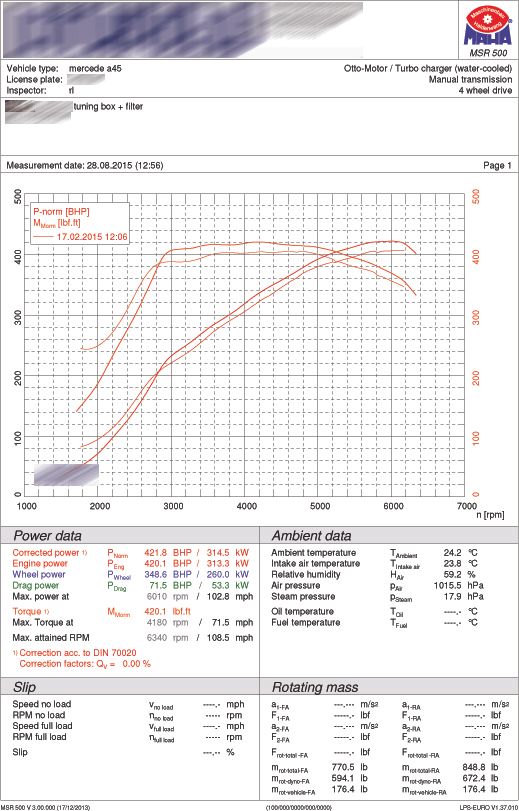 Summary of Spec
Summary of Spec
MY14 A45 AMG
Tuning Box
Induction Kit
Fuel - Tesco Momentum (99 oct)
TEST 1 figure achieved was 421.8bhp & 420.1lbft @ the flywheel
Comparing this against what was achieved with the Stage 1 tuning box (which is the comparison the graph above shows), we saw the following:
+15.4bhp +15.3lbft (peak) over Stage 1 Tuning Box
+3.7% bhp +3.7% (peak) over Stage 1 Tuning Box
That’s a pretty impressive result for a very simple and relatively cheap bolt on mod. Curve is nice and smooth as well. What impressed me personally were the gains across the whole of the curve. Sometimes you see a gain in peak torque and peak power with induction kits, but this kit provided a consistent gain throughout the rev range from 3k onwards.
Whilst it isn’t loud by any stretch, you do get a slight increase in induction noise, which is quite nice.
All in all I was suitably impressed.
TEST 2 - Tuning Box, Induction Kit and Decat Downpipe
Unfortunately I dropped a clanger here, as I never took the graph away with me. I will get it as soon as I can and insert the graph in here.
However, being totally upfront, we saw no great gains with the downpipe fitted, either in torque or BHP. I never road tested at this stage, but I would have expected to notice a decrease in turbo spool time on the road and a sharper throttle response. That would appear to be a logical assumption based upon the reduction in back pressure. It’s not always about dyno figures when adding mods, so you do need to take everything into account.
One thing that was clear though was the noise increase…… we’ll come on to that later, as part of the road test feedback with the ECU remap.
One element that was suggested, was that gains from the downpipe may only be realised with the combination of the ECU remap. Remember the Tuning Box is effectively only providing boost adjustments…… there are far more areas in the main ECU map that influence power results, which remain untouched until proper mapping takes place.
TEST 3 - ECU Remap, Induction Kit and Decat Downpipe - Dyno
It’s worth pointing out that the guys I’m working with have not used my car to develop their basemaps. The whole process was much more involved, and they wanted to gain as much data and testing of their own, which took a fair few months. Luckily they have had access to several other A45’s in the UK and the continent, to enable them to develop their maps on several differently modified cars. They have also had access to a TTE460 equipped car…. but more on turbo mods in a future project update.
Their latest Stage 2 calibrations were taken from their MY15 ECU code version, so the appropriate tables were copied over to my ECU. I suspect the map development process will be ongoing, although in reality these guys are happy they have developed a good set of maps now for their soon to be released A45 Stage 2 tuning packages.
The process was to flash my ECU with their latest calibrations, run on the dyno whilst logging, review logs / dyno graph and adjust if required for my own car and needs.
As some of you may have guessed I like to “get involved” in things, and because of the relationship I have with these guys, they did ask me what I wanted to try (if anything). One thing that they did make clear to me was that the map which was going to be applied to my car, had gone through extensive road logging and testing. The other cars that had been used to develop this specific custom map, had responded well and they were happy with all the data they had recorded.
So after the ECU was flashed (which takes minutes once the map file has been prepared), the car was strapped down on the dyno.
Now…. saying all of this, we did end up making several adjustments. I wanted to try a few things to see what effect it had on the curve shape, and they were willing to carry out these changes to see the results. After a good 2 hours (which included several map changes and ECU programming cycles) on the dyno we ended up with this:
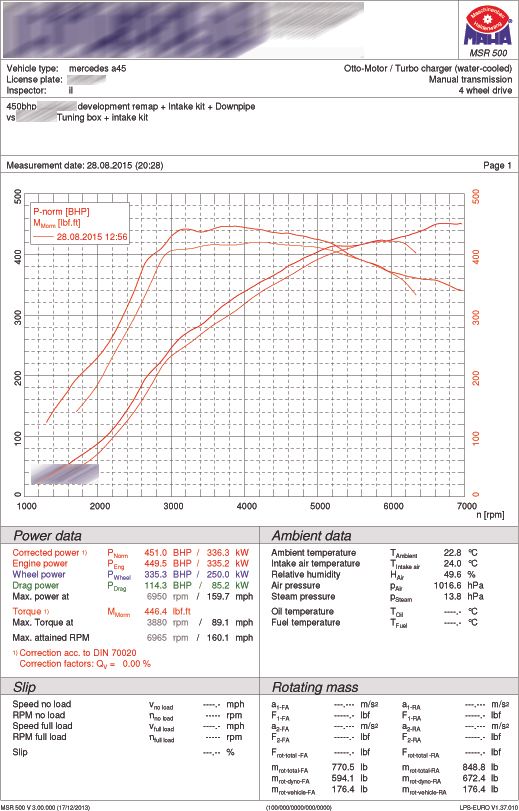 Summary of Spec
Summary of Spec
MY14 A45 AMG
ECU calibration
Induction Kit
Decat Downpipe
Fuel - Tesco Momentum (99 oct)
TEST 3 figure achieved was 451bhp & 446.4lbft @ the flywheel
+29.2bhp +26.3lbft (peak) over Stage 2 Test 1
+6.9% bhp +6.2% (peak) over Stage 2 Test 1
Overall Stage 2 Test 3 comparison against Stage 1 Tuning Box
+44.6bhp +41.6lbft (peak)
+10.9% bhp +10.2% lbft (peak)
Overall Stage 2 Test 3 comparison against car as tested standard (baseline)
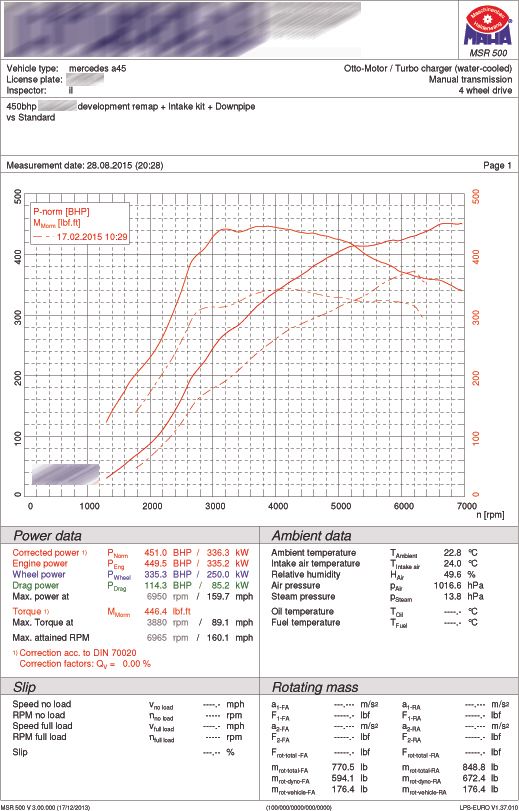
+74.5bhp +111.6lbft (peak)
+19.7% bhp +33.3% lbft (peak)
TEST 3 - Comments
As you can see from the data above, you’ll probably appreciate I was quite flabbergasted to be honest. I never thought I’d up seeing those kinds of peak power figures from the OEM turbo. The peak flow rate of the turbo was maxed at the top end. I doubt there is anything else left in it, as load on the logs was dropping off quite dramatically.
A couple of things to note is that by the time we achieved this figure the whole car was getting very toasty. We had to pause between a number of the runs as logged charge temps were getting very high. However, nothing in the logs pointed to any issues in reality. Everything was doing as expected. You’ll also notice a dip between 5500-6500, which could have been temp related, so I’ll be running the car back up on the dyno later this month to see. If not, we’ll tweak the map slightly to smooth that area out a touch.
MAHA’s tend to really load the car up, as the runs are quite long compared to other dynos. This is good for logging purposes against high loads, but isn’t great for heat build up. To be honest the charge cooling system is doing a very fine job, even under this high load environment.
One thing that’s immediately noticeable is the way the car revs and still continues to make power. The rev limit has been raised to 7k, yet the power isn’t dropping off at the top end. That should feel very strong on the road.
Another point is perceived HP limit of the OEM turbo. It has been stated by others that the maximum HP capability of the OEM turbo is around 435hp at the flywheel. So you may look at my figures and say “Hold on - you’ve got 451bhp - must be BS then!”. You need to dig a bit deeper……. In the UK we predominantly use DIN power corrections (already talked about earlier on in this project thread). Whilst this dyno can cater for all current correction factors, I stated I would use DIN corrections for this project (apples and apples for us UK guys then). Manufacturers use ECE/EWG correction, which is around 3-4% less than DIN figures. The 435hp figure touted is based on ECE/EWG corrections. If you do the maths my DIN figures then relate to around 435-438hp at the flywheel, corrected to ECE/EWG correction…… bingo!
Whilst the graph below is a bit “busy”, it shows the differences between Stage 1, Stage 2 Test 1 and finally Stage 2 Test 3:
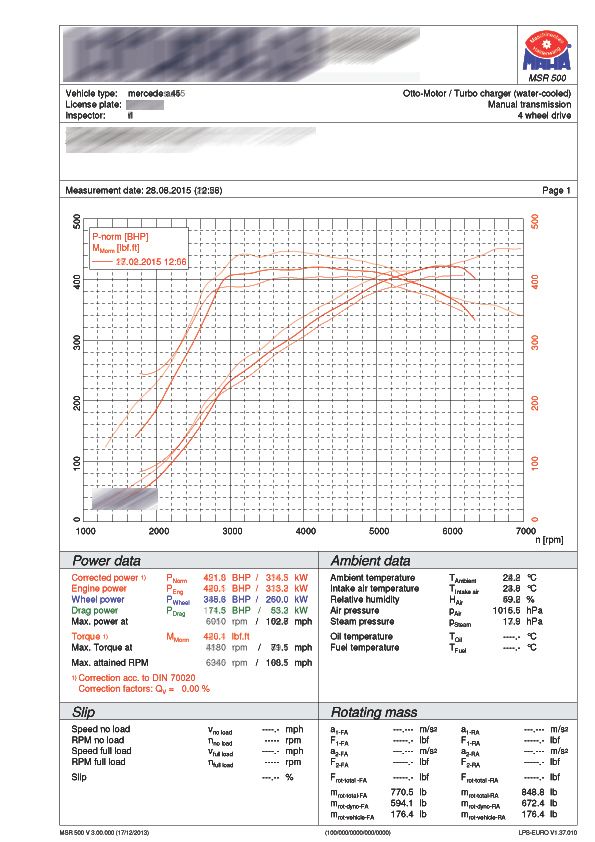
As you can see with the above graph, we’ve seen good increases moving from Stage 1 to Stage 2 Test 3.
Due to the fact that we had started at 9am and it was now 9pm, we decided to call it a day for now. The only thing left to do was to drive the car on road and complete the last round of logging…… just to be sure.
TEST 3 - Road
You might find it weird for me to say this, but I really wasn’t expecting much over and above the Tuning Box, regardless of what the dyno numbers suggested. I’m a bit of a pessimist.
If you read my road testing comments during Stage 1, you’ll see I was pretty impressed with how the car went…….. again I can’t believe how much different the car is now with the Stage 2 mods. Something I really wasn’t expecting.
The first thing I immediately noticed was the noise. Christ this car is loud now! There was a lot of things I wasn’t expecting today and this was certainly one of them. Taking into account I still have the OEM AMG Performance Exhaust from the mid-pipe back, it sounds absolutely crazy. Sounds the same at idle, but on WOT…..
Then there’s the pops and bangs, both upshift (which is so much louder than the OEM sound) and even louder are the pops and bangs as you come off the throttle. This is perhaps the aural party piece on changes made within the ECU remap. If you let off the throttle at any point between 2-4k, it sounds like an old GRP B Rally Car! It’s repeated bangs and cracks, just like antilag in an audio sense. It REALLY IS loud…… perhaps too loud. I suspect the downpipe is helping here, but the ECU has been mapped to provide this sound, using different strategies around overrun fueling and ignition cut. It’s mental! Of course you can ask not to have this feature, and also you can quieten the car down by running in C mode….. if you really must. Aurally though you really wouldn’t need to change anything else on the exhaust side in my opinion. The great thing with these mods is that you get no exhaust drone on cruise.
So is this now all blow and no go?
I want to use words that accurately describe how this car drives now, without sounding like an utter over exaggerating idiot. The car simply drives night and day different to how it was with the tuning box….. it really is poles apart.
The throttle response is ultra sharp and responsive and the turbo feels like it spools immediately…. and the low down torque. Wow. It pulls so strong from low down now, it’s just totally different to drive. You keep your foot in and the engine just pulls and pulls and pulls to 7k. Without doubt, this now drives like no other 2ltr turbo charged car I have driven (modified) to date over the powerband that is available - it is so wide, strong and flexible. Which for me, and the way I drive, was really what I wanted….. but I didn’t think I was going to get it from this level of tune.
For a road car It’s all about the area under the curve to me.
I took it down a back lane that I know in the area, just to see how it went. It was quite manic at times to be honest and I lost traction in a couple of areas, that I’ve never had before with just the Stage 1 tuning box on.
It’s pretty stunning to drive now, but I appreciate it may not be for everyone, due to the nature of the power delivery.
Conclusions
I really wasn’t expecting this to pan out the way it did, but boy did I experience a few surprises.
Forget dyno figures: The driveability, noise and wide/strong powerband just makes this car so much more fun, in essence for fairly basic mod levels.
I’m not sure what else to say.
Basically…. don’t consider having your A45 remapped…. get it remapped!
I love it!
It goes without saying that I will be performing some VBOX logging as soon as I get a chance. I will also be getting back down the drag strip either during September or October. As soon as I get any performance related logs / times, I’ll post them up here.

















